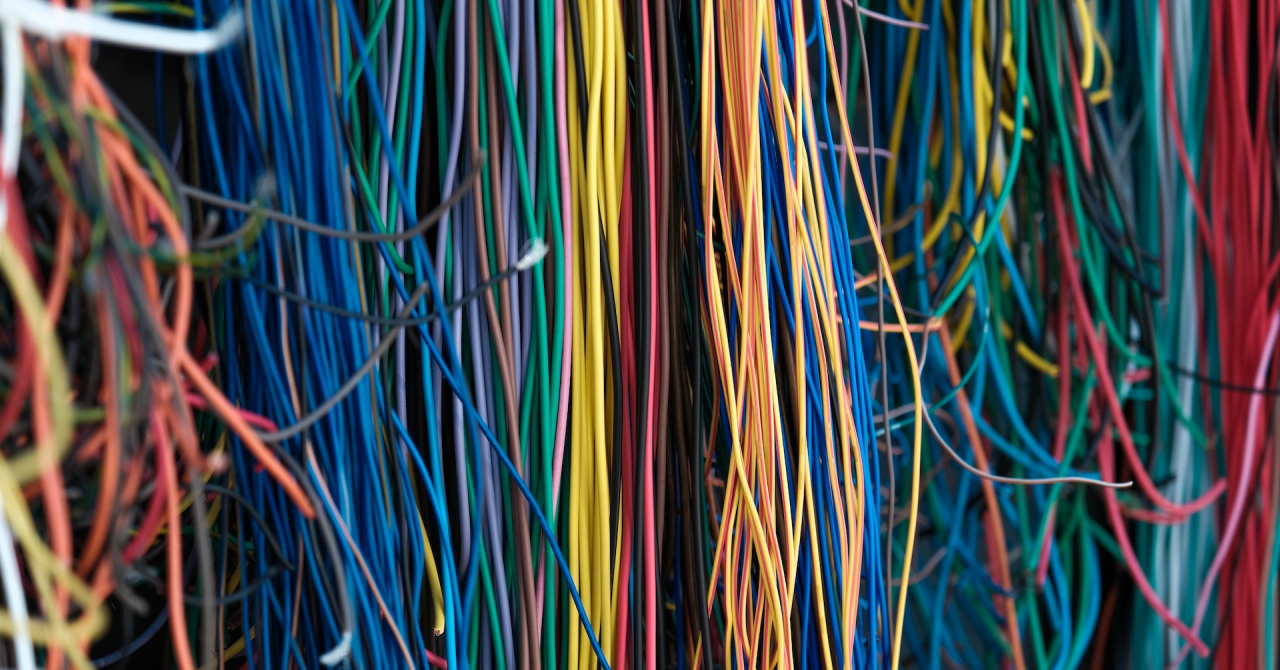Some of those, according to The Verge, are vapes and cables, which many people don't consider as e-waste and their numbers aren't small.
Some researchers suggest that the number of vapes being thrown away every year accumulate to the weight of three Brooklyn Bridges or 9 million tons. The big issue here, besides just wasting useful raw materials, is that these electronics contain some amounts of dangerous materials, such as mercury, which once leaked, can reach the soil or waters, polluting them.
Of course, then there's the question of actually recycling these small electronics, which when counted in big numbers, start to matter more than people may think. Gold and copper are just two of the precious materials housed within pretty much all electronics, which can then be implemented in new devices.
Magdalena Charytanowicz, communication manager for the nonprofit Waste Electrical and Electronic Equipment (WEEE) Forum, said that "consumers very often don’t realize that some items contain electronics, and therefore these items don’t end up in the right [place], and this is a loss."
At the same time, experts suggest that some 9.5 billion USD have been lost in 2019 due to lack of recycling small electronics, mainly from iron, gold and copper. Moreover, WEEE officials claim that all copper-made cables discarded last year in landfills could have been used to circle Earth a staggering 107 times.
In Europe, regulations help with collecting and recycling, since 55% of the electronic waste is being selectively-collected, mainly because manufacturers are forced to do so, but that doesn't happen in many other places on Earth. This is why our global e-waste collecting rate is just 17%.
 Mihai - Cristian Ioniță
Mihai - Cristian Ioniță












Any thoughts?